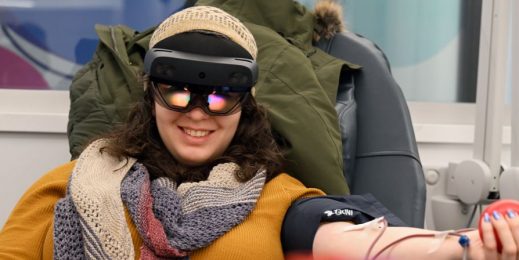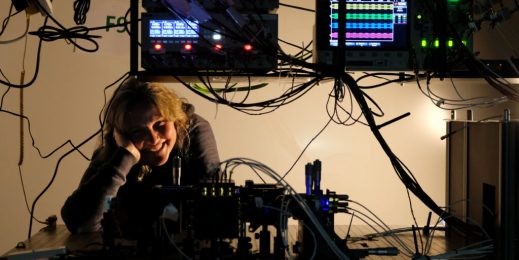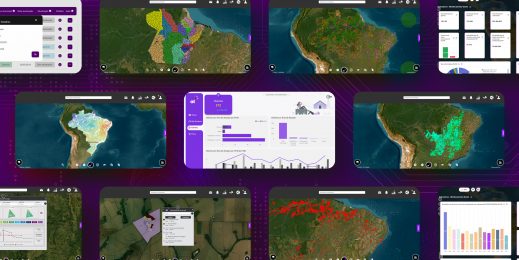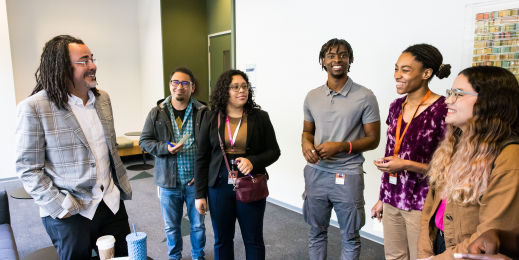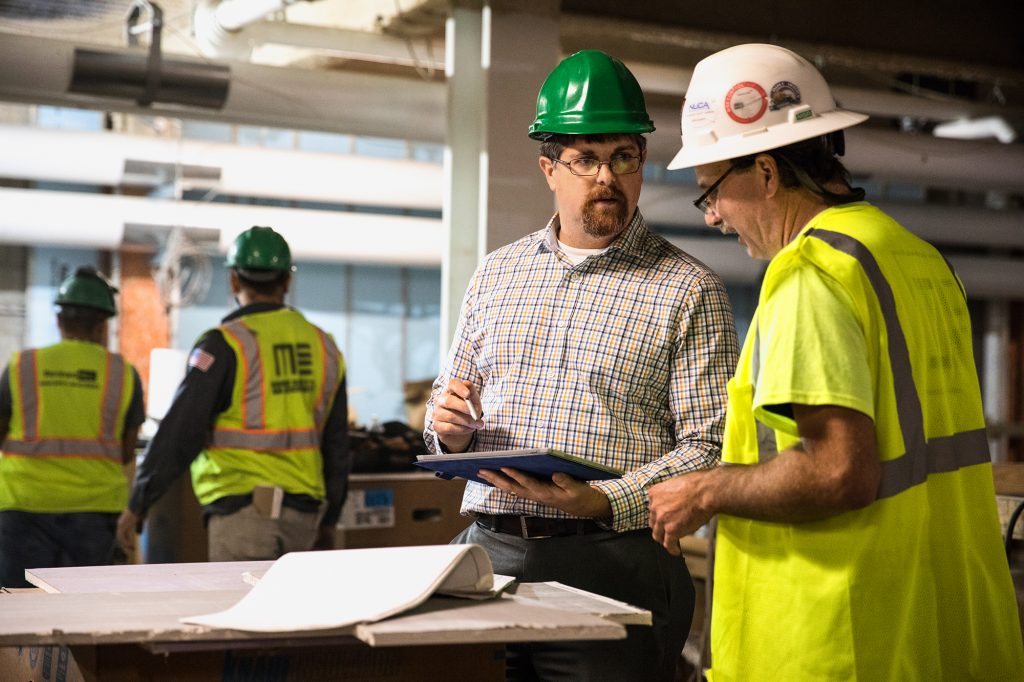
Artificial Intelligence, the Internet of Things’ Next Step
Today, there is a huge opportunity to take advantage of artificial intelligence (AI) through the Internet of Things (IoT). If you already have the project of capturing data from IoT, then the next step is to analyze the data so that AI can do much more for your business.
There are three advantages that the internet ‘of your things’ can enhance: first, processes are optimized thanks to the real time analysis of data—for example, intelligent sensors that save on energy and supplies. Second, decision-making is sped up due to reports that offer timely and valuable information—for example, an operating platform of data that comes from sensors and devices that have contact with customers and users. And the last of these three points is cost reduction with intelligent demand forecasting.
End users’ experiences will evolve dramatically in the years to come due to IoT and AI. In 2030, 15% of vehicles are expected to be automated, and it will be largely due to the combination of these two tendencies, demonstrating that new business models can be created for an industry and that user experiences can be transformed. In the next years, cars will have telemetry, sensors, information and entertainment systems, navigation, cameras, radar, and more.
At Microsoft, artificial intelligence researchers take advantage of data explosion and the power of computing by enhancing them with advanced algorithms to create natural exchanges between machines and people. This can offer a way to seek solutions for humanity’s big problems—like energy usage optimization, safer cities, intelligent buildings, and better services—but all kinds of organizations can also improve the performance of processes and optimize operations.
Regarding IoT, the promise of Microsoft researchers is that the company’s assets will have eyes, ears, and the ability to speak in real time to better monitor everything that is important to an organization in order to automatically set off alarms, actions, diagnostics, and preventive maintenance.
All that is left to do is to connect the dots for understanding how data from IoT can be used to support AI. Big Data is a tendency that is already a reality for many companies, and what better way to gather data than with machines and devices that are everywhere throughout an organization.
To finalize, I would like to talk about a particular setting that is of great interest to me: health with IoT and AI. Today, it is already possible to monitor a patient from a distance—data such as blood pressure, pulse, and blood oxygenation can be collected far away from the hospital. When this information is added to data about physical activity and nutrition, it is possible to detect patterns of illness. But there’s more: if the information from sensors is combined with a public database like that of current and past meteorology reports as well as with public data about hospital admissions, this can provide a simple forecast of a flu epidemic before it happens. This is how IoT and AI can be put to use.
The Internet of Things and Artificial Intelligence transform as people, devices, and data interact in all areas of life. It is not only about technological tendencies, but also about digital transformation and the evolution of business to change the world, from small fields to major global challenges that span across all industries.










